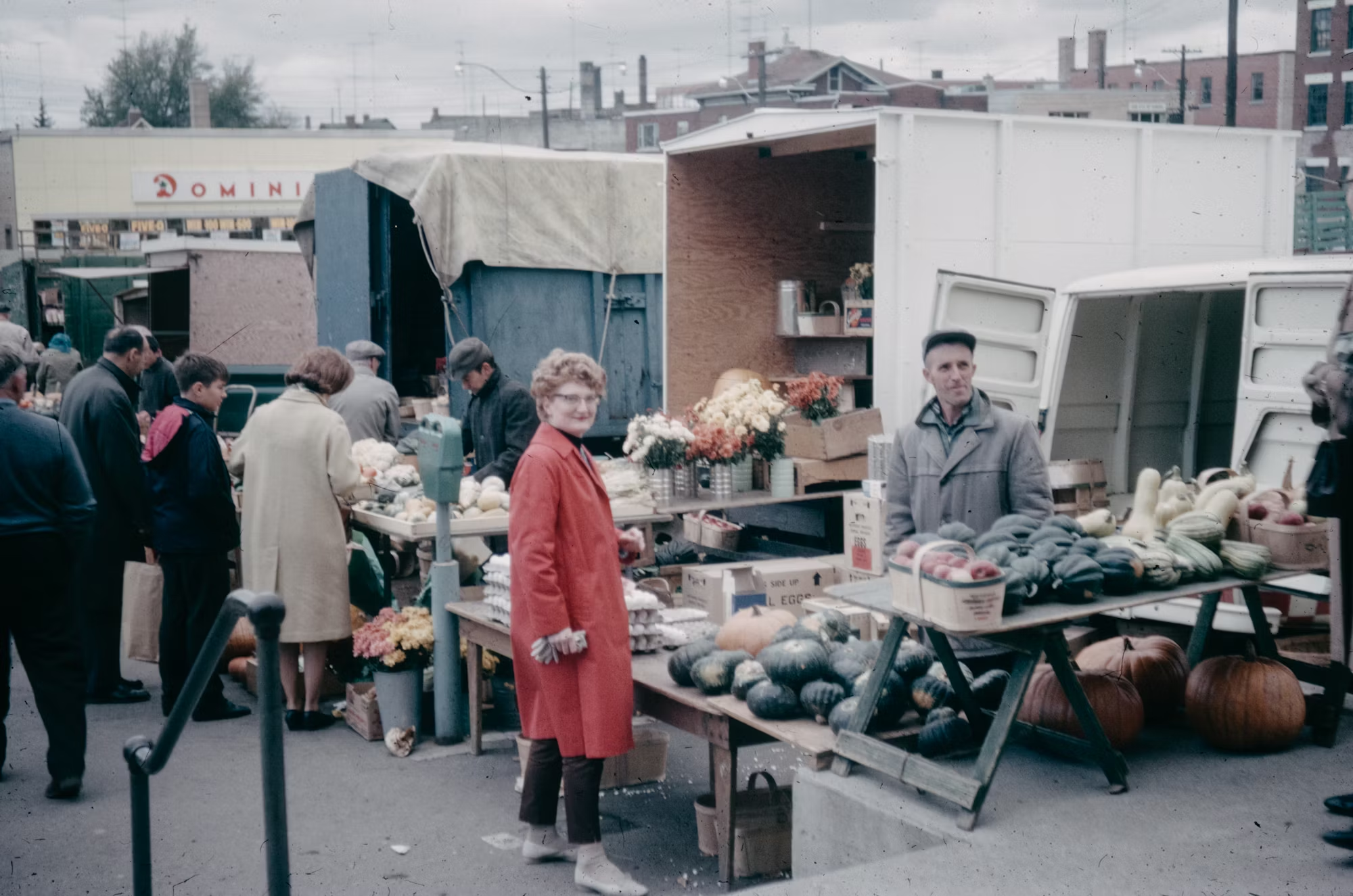
Discovering the Unique Treasures of Flea Markets
Flea markets have become beloved destinations for those seeking unique finds, hidden treasures, and a taste of local culture. These vibrant marketplaces offer a fascinating mix of new and used items, from antiques and vintage clothing to handmade crafts and collectibles. In this article, we will explore the charm of flea markets, discussing their origins, the diverse offerings available, and the experiences they provide for shoppers looking to unearth something special.
The origins of flea markets can be traced back to Europe, where they began as informal gatherings of vendors selling secondhand goods. Over time, these markets evolved into organized events, attracting bargain hunters and collectors alike. Today, flea markets can be found in cities and towns around the world, each with its own unique character and offerings. They provide a space where individuals can connect over their shared love of unique items and storytelling, making them an essential part of local culture.
One of the most appealing aspects of flea markets is the thrill of discovery. Shoppers wander through rows of stalls and tables, sifting through an eclectic mix of items. Each booth tells a story, showcasing the personal history of its owner or the origins of the items for sale. From vintage vinyl records and retro clothing to antique furniture and quirky knick-knacks, flea markets offer a diverse range of products that often cannot be found in traditional retail stores. This variety not only attracts collectors but also casual shoppers looking for something different.
The atmosphere of a flea market is often lively and engaging. Vendors set up their stalls early in the morning, and the markets typically open to the public at sunrise. As shoppers arrive, the air is filled with excitement and anticipation. Many vendors are passionate about their products, and their enthusiasm is contagious. Shoppers are encouraged to chat with sellers, learning about the history of the items they’re considering, which enhances the overall experience.
Bargaining is a hallmark of flea markets, adding an element of fun and interaction to the shopping experience. Shoppers can negotiate prices, often walking away with a great deal on a unique item. This practice not only makes shopping more enjoyable but also fosters a sense of camaraderie between buyers and sellers. It creates an environment where people feel comfortable engaging in conversation and sharing stories about their finds.
Flea markets also serve as a platform for local artisans and small businesses to showcase their handmade goods. Many vendors create their products, including crafts, jewelry, and home décor items, highlighting the creativity and talent within the community. This emphasis on local craftsmanship encourages shoppers to support small businesses while discovering unique, one-of-a-kind pieces that reflect their individual style.
In addition to traditional flea markets, many cities host themed markets that focus on specific categories of items. For example, some markets may specialize in vintage clothing, while others might focus on antiques or handmade crafts. These themed events attract niche audiences, allowing shoppers to connect with others who share their interests. Themed markets also foster a sense of community among vendors and shoppers, creating a welcoming environment for all.
The role of flea markets in promoting sustainability cannot be overlooked. By providing a space for secondhand goods to be bought and sold, flea markets encourage recycling and reduce waste. Shoppers can find pre-loved items, giving them a new lease on life while minimizing the environmental impact associated with mass production and consumption. This eco-friendly aspect of flea markets appeals to an increasingly conscious consumer base, making them an attractive alternative to traditional retail.
Flea markets also offer a space for community engagement and social interaction. Many markets host special events, live music, and food stalls, creating a festive atmosphere that encourages people to gather and connect. Families often visit flea markets together, making it a fun outing where they can explore and discover together. This sense of community is a significant draw for many shoppers, who appreciate the opportunity to socialize while shopping.
As flea markets continue to evolve, they are embracing modern trends to enhance the shopping experience. Many markets now have a strong online presence, promoting their vendors and events through social media and websites. This digital outreach helps attract a broader audience, including those who may not have visited a flea market before. Additionally, some markets offer virtual shopping options, allowing customers to browse and purchase items from the comfort of their homes.
In conclusion, flea markets represent a delightful blend of culture, creativity, and community. They offer a unique shopping experience where individuals can discover one-of-a-kind treasures while supporting local artisans and vendors. The thrill of the hunt, the joy of bargaining, and the opportunity to connect with others all contribute to the allure of flea markets. As these markets continue to thrive, they will undoubtedly remain cherished spaces for treasure hunters and casual shoppers alike. So next time you’re in search of something special, consider visiting a flea market; you never know what treasures await you.
Whether you’re looking for a unique gift, a vintage addition to your wardrobe, or just a fun day out, flea markets offer a rich tapestry of experiences that celebrate the artistry and creativity of local communities. Embrace the adventure and let the charm of flea markets guide you to your next favorite find.